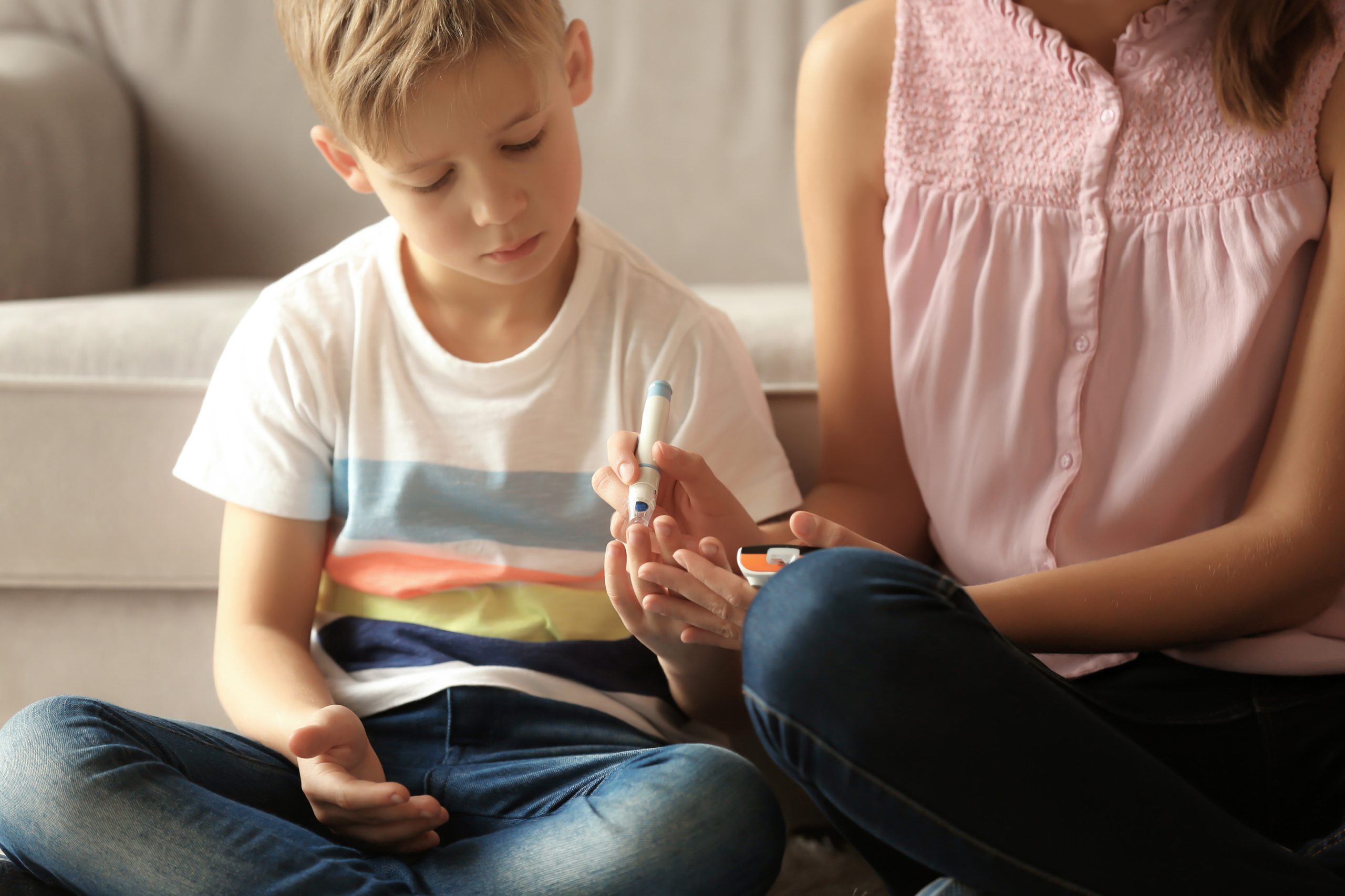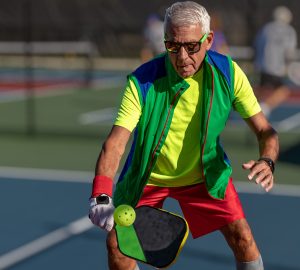teaching kids | A member of the University of Missouri-St. Louis College of Nursing faculty is helping kids better understand their diabetes diagnoses. Joshua Minks, Ph.D. wrote a book that translates the disease process into a story, Humania and the Legend of Commander Pancreator. The book’s setting, Humania, represents the human body, and different characters represent the organs that are impacted by diabetes. “The book introduces the characters at the beginning, so the child can understand the terms,” Minks explains. “The way the chapters of the book unfold describes each phase in the disease process and then how the disease is treated or managed.” He is currently in the process of publishing a second Humania book on muscular dystrophy.
studies in sleep
Researchers at Washington University School of Medicine have found new insights into how tired animals stay awake. The study looked at fruit flies, which have similar sleeping patterns to humans and small brains that make it easier to identify which neurons control behaviors. The researchers investigated whether experiences that affect sleep behavior change how 24 neurons respond to the neurotransmitters dopamine, which promotes wakefulness; glutamate, which promotes sleep; and allatostatin A, which also promotes wakefulness. The flies were found to be less receptive to dopamine after an intellectually stimulating day, making them sleepier. When alarmed, the flies produced both glutamate and allatostatin A, which kept them awake despite tiredness. The findings could lead to new approaches to treating insomnia and improving sleep quality in people.
student mental health
Saint Louis University is focusing on students’ mental health. The university received a $100,000 grant from the Boniface Foundation to support mental health initiatives. The university will undergo the JED Campus program, a nationwide initiative of the Jed Foundation designed to guide schools through the development of systems, programs and policies that address student mental health, substance abuse and suicide prevention. The grant also will go toward expanding mental health first-aid training and hiring additional counselors at the University Counseling Center during high-demand times. The funds also will be used to develop a therapeutic garden and update the WellSPACE (Supporting and Promoting Artistic and Creative Expression)—an area designed to allow students to decompress and exercise creativity.
understanding pain
Thanks to a $11.7 million grant from the National Institute of Neurological Disorders and Stroke of the National Institutes of Health, researchers at Washington University School of Medicine will investigate how cells transmit pain. The study is part of a mass effort to find science-based solutions to the opioid crisis. “Our goal is to learn and detail which cell types and genes transmit pain signals and how they may change in the context of chronic pain,” explains Robert W. Gereau, Ph.D., director of the Washington University Pain Center. “We’ve done similar studies in the past in mice and rats, but we’ve learned that mice are not just small people. We need to advance the research by working in human tissue to truly understand and treat chronic pain so that we can improve people’s lives and reduce the need for prescription opioids.”








